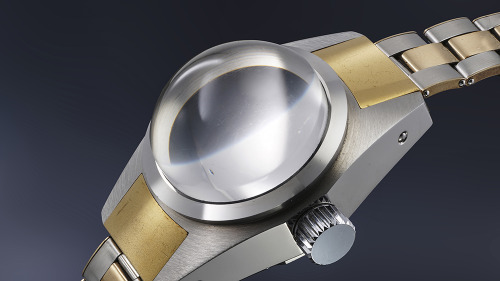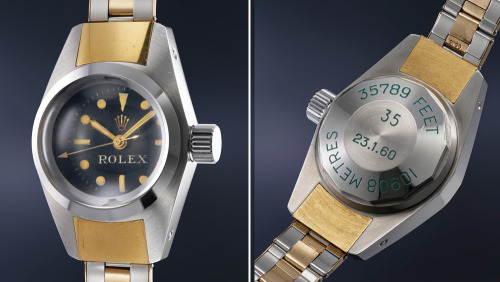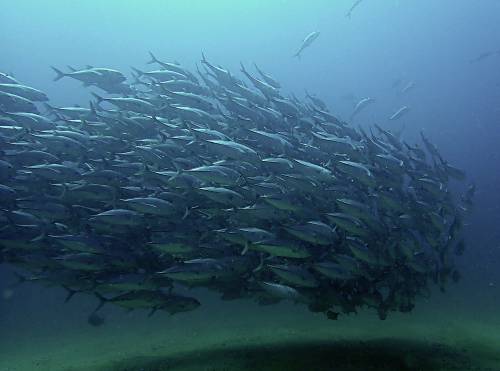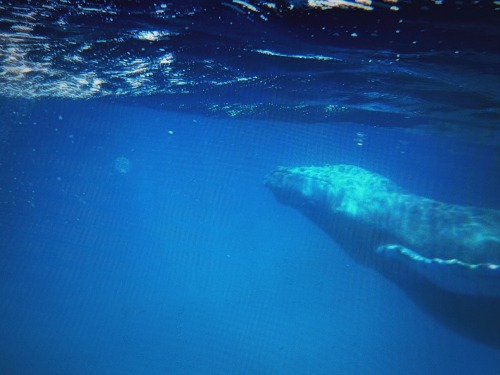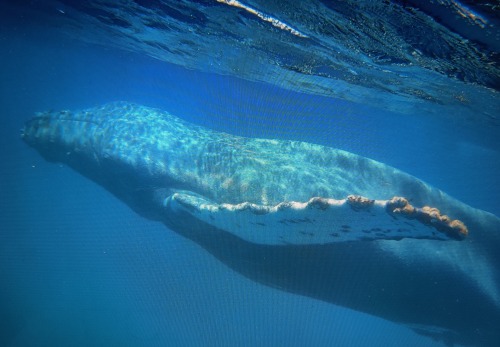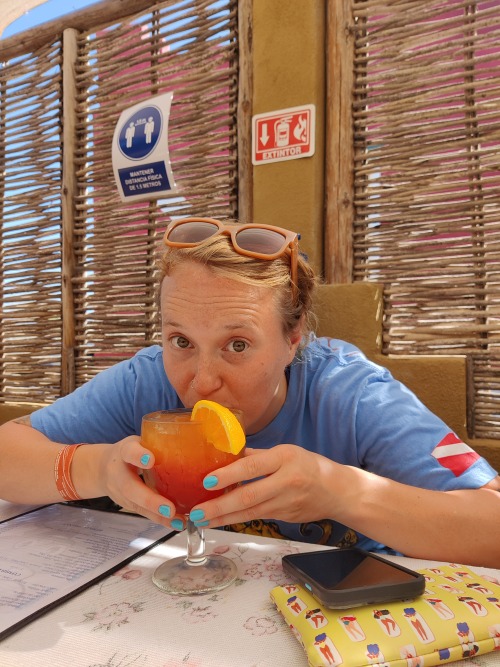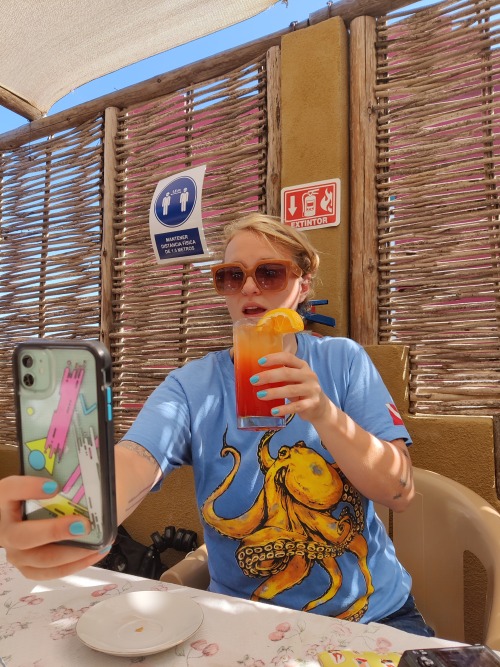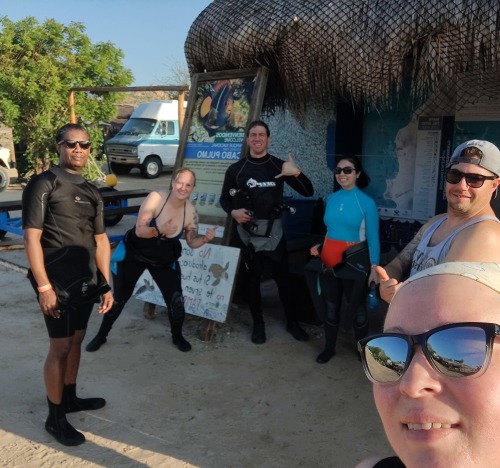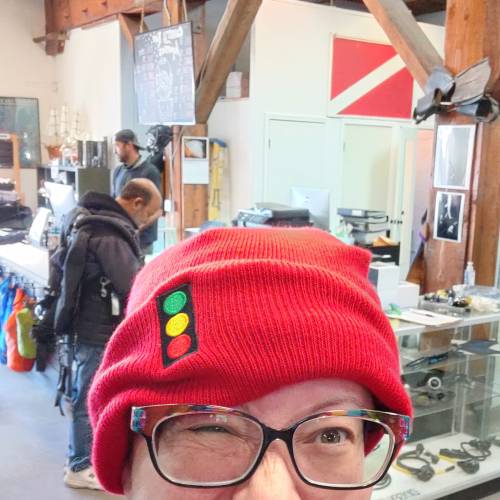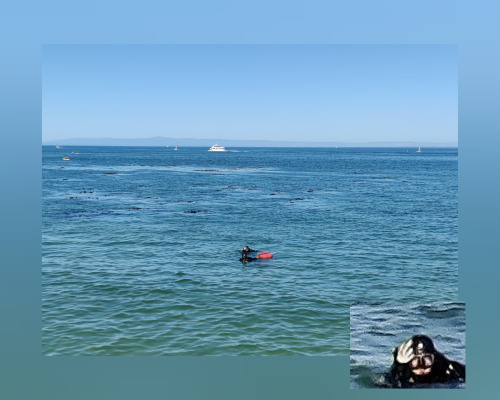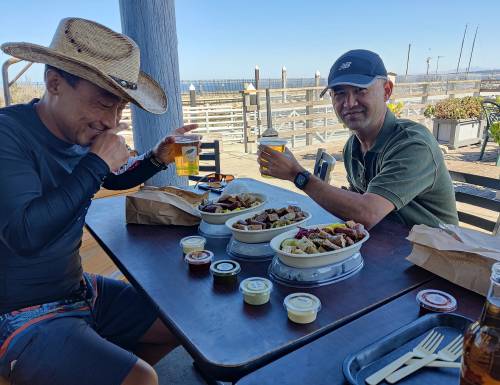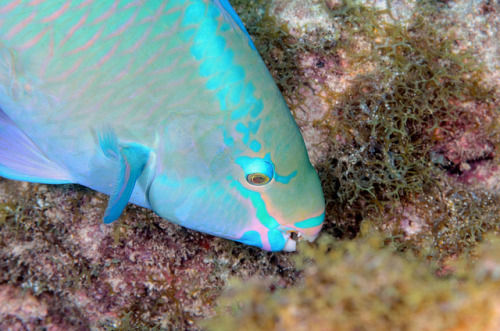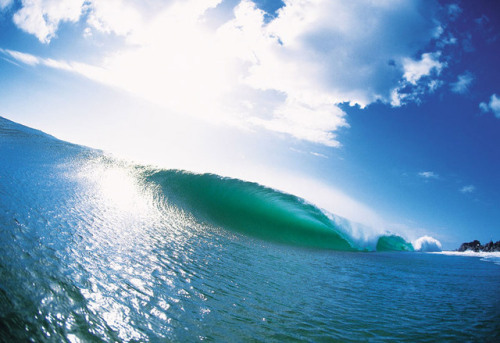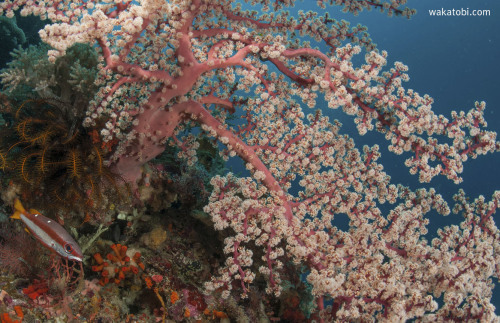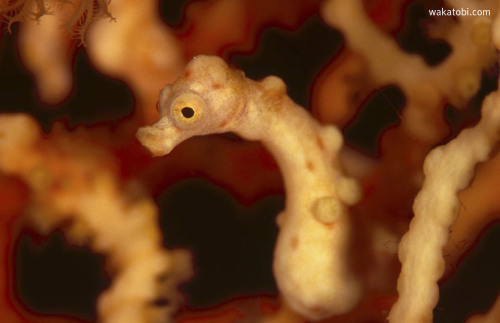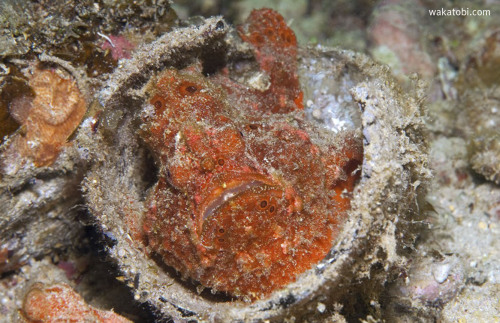#scuba diving

Purchase now on gettothecorner.com/welcome/blackwomansdiscovery
Rolex Deep Sea Special!
In November, Philips will offer one of the rarest Rolexes of all time, a Deep Sea Special, as a lot in its Geneva watch auction. One of just 35 examples ever made, the timepiece is water-resistant to a depth of over 35,000 feet.
Courtesy: Phillips
Post link
Top Shot: Total Eclipse of the Jelly
Top Shot features the photo with the most votes from the previous day’s Daily Dozen, 12 photos selected by the Your Shot editors. The photo our community has voted as their favorite is showcased on the @natgeoyourshot Instagram account. Click here to vote for tomorrow’s Top Shot.
Your Shot photographer Hannah Mitchell photographed this large Haeckel’s Jellyfish as it floated across the sun-rays shining through the water’s surface near Adelaide, Australia. Photograph by Hannah Mitchell
Post link
Coral polyps, stimulated by a near UV light. Initially believed to be a plant, coral is in fact an animal. While a coral head appears to be a single organism, it is actually a group of many individual, yet genetically identical, polyps. The polyps are multicellular organisms. Polyps are usually a few millimeters in diameter, and are formed by a layer of outer epithelium and inner jellylike tissue known as the mesoglea. They are radially symmetrical, with tentacles surrounding a central mouth, the only opening to the stomach or coelenteron, through which food is ingested and waste expelled. (Photograph: Mick Gulson)
Post link
During the day the Saron shrimp is brown with green spots and variable amounts of white speckling. The legs have darker brown bands on a brown background with alternating white speckled bands. Tufts of cirri (feathery appendages) are found decorating the back of the males, and their first pair of walking legs are elongated. The Saron Shrimp is nocturnal, and at night, the color of its body changes colour, turning primarily red, which helps it blend into the shadows of the twilight. It is found in the coral rubble at the base of the reef. (Photograph: Doug Richardson)
Post link
Also known as Godeffroy’s Soft Coral, this tree coral looks like the Japanese ‘sakura’ or cherry blossom tree. They feed on plankton and can grow to about 17cm in length. (Photograph: Eric Schlogl)
Post link
The Persian carpet flatworm has a very small geographic range mostly in the temperate shallow intertidal ocean waters of the Indo-West Pacific. Flatworms can move fast along the bottom by rapidly beating tiny hairs which act like millions of feet to propel them along in an undulating manner. They feed by placing themselves over their victims and sucking in their prey, a tube like extension in its mouth acts as a grinder. (Photograph: Anne Lecuire)
Post link
On the morning’s first dive, your guide leads you right to a pastel gorgonian that you would have otherwise swam right past. Following his gestures, you look close, then closer, and suddenly the timely and perfectly camouflaged profile of a Denise’s pygmy seahorse is revealed. Your guide places a steadying hand on your shoulder, allowing you to ease in for a close up without disturbing this tiny reef dweller or its surroundings. Your day is off to a pretty good start. (Photograph: Cor Bosman)
Post link
The colors and patterns of this fire urchin are as bright as a string of holiday lights, and seem to be lit from within. You’ll most likely encounter one of these colorful characters in the inshore areas of the House Reef and other sand-bottom dive sites. They are usually easy to spot, and they grow to diameters of eight inches. (Photograph by Erik Schlogl)
Post link
Into mucking around? If you are unfamiliar with the term muck diving, it is basically a treasure hunt for small and often highly cryptic critters hiding among the supporting columns of a pier or in debris - like this frogfish nestled, comfortably we assume, in the sandy bottom. (Photograph by Saskia van Wijk)
Post link
Wakatobi’s reefs are also rich in a rich variety of life. The region is known as the most bio-diverse coral ecosystem in the world, and with plenty of time to hover and watch, snorkelers can discover hundreds of fascinating species of fish and invertebrate life. Found just a few feet from the resort jetty, this orangutan crab took a stance as he shuffled within an anemone. (Photograph: Leon Joubert)
Post link
From this angle, it seems as if these red tube sponges are topped with seasonal greenery. Closer examination reveals it’s actually a black crinoid, growing from the reef just above, and silhouetted by morning light filtering down. (Photograph: Walt Stearns)
Post link
Some fish lay their eggs on convenient structures such as an extension of wire coral. (Photograph: Richard Smith)
Post link
Some of the garden eels live in big groups, but the spotted garden eel is more often found in smaller colonies or even singly. They rely on water motion to bring food to them, the garden eels typically live in current prone habitats. (Photograph: WDR)
Post link
Wakatobi delivers select luxury without sacrificing natural beauty. It is best known for its spectacular reefs, diverse marine life and world-class diving operations. But as thousands of our guests attest, it is not just the diving, but the entire resort experience that sets us apart. From the magnificent natural setting to the premier levels of personal service provided, we strive to make every element of a Wakatobi stay exceed expectations, and create memories of a lifetime. (Photograph: Didi Lotze)
Post link

